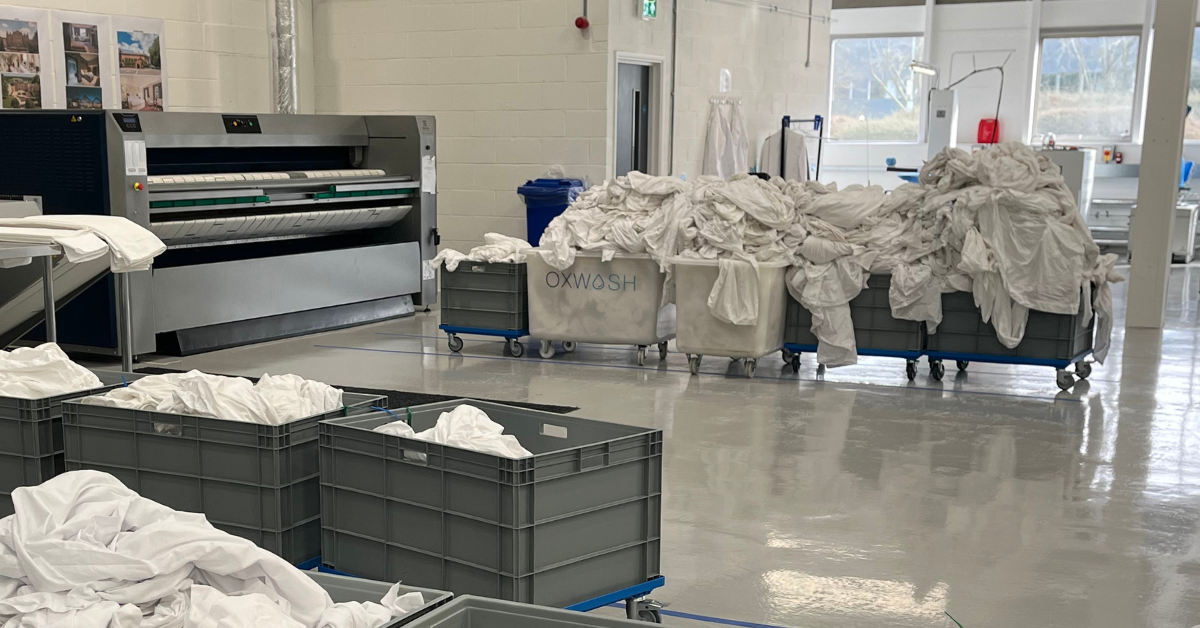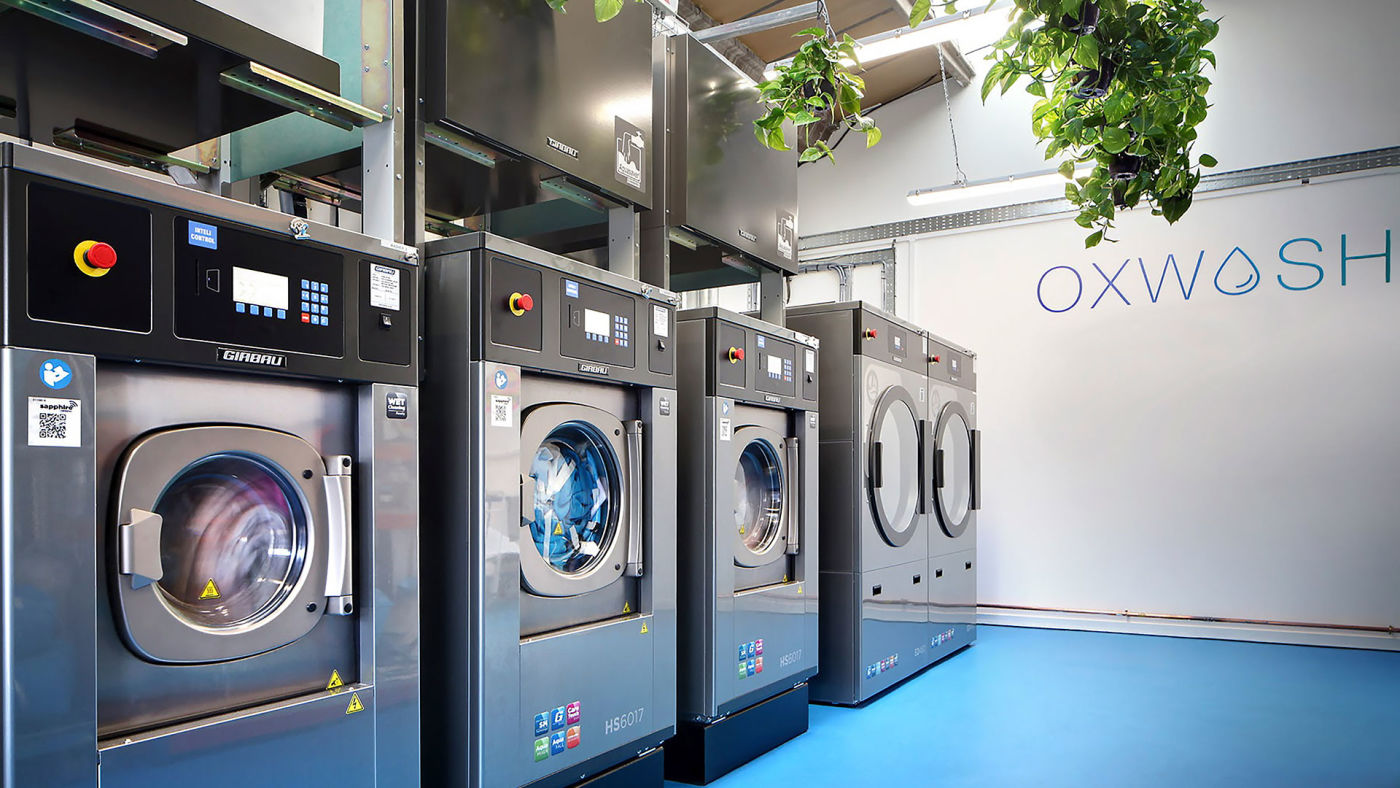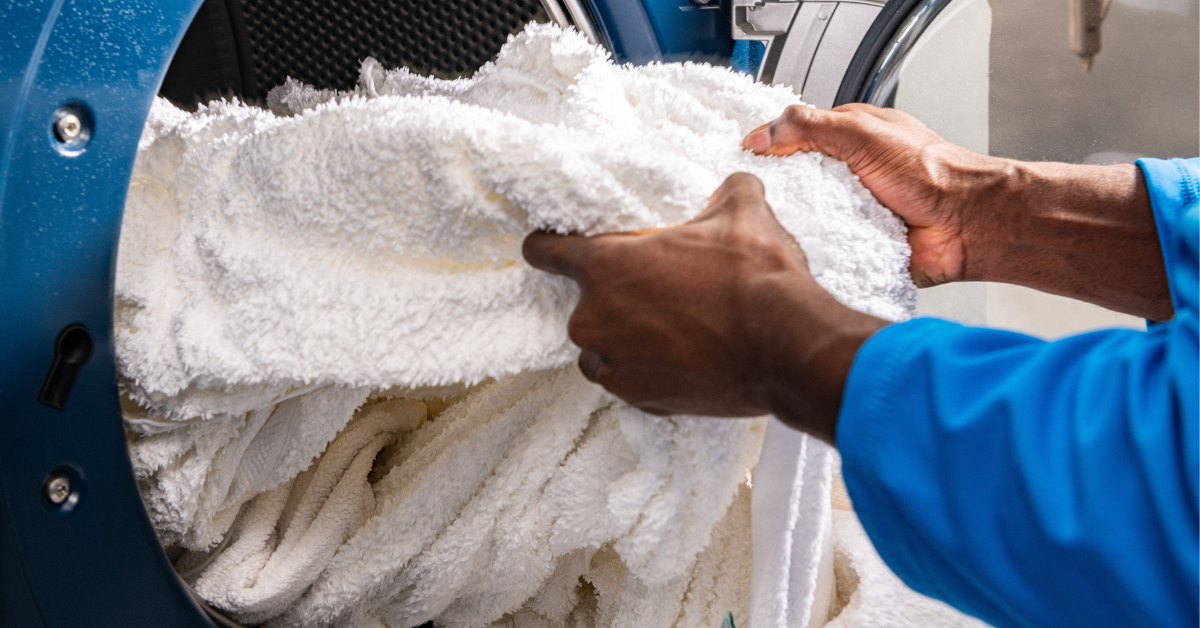Reduce, re-use, recycle: creating a circular laundry system
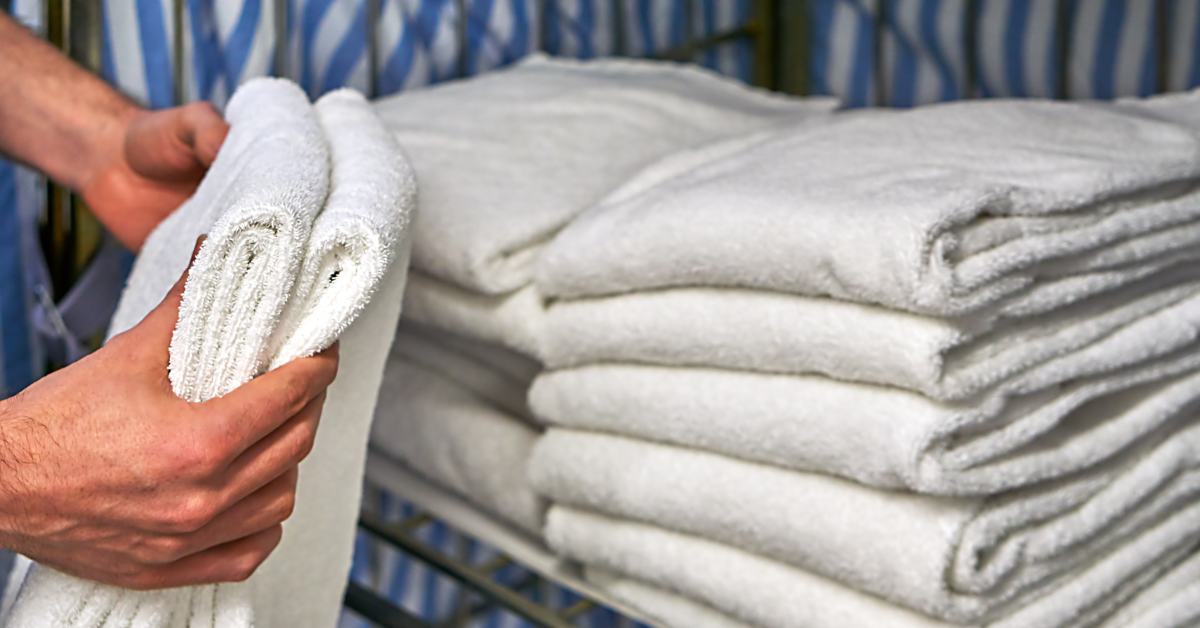

Business & Insights
Sustainability
To combat climate change, industries cannot stand idly by. Sustainability must become a focal point, with all of us seeking ways to minimise our environmental footprint. For the laundry and textiles industry, this means finding ways to conserve resources and eliminate waste.
By adopting a circular approach to laundry, we can mitigate these impacts while still meeting our laundry needs.
Understanding the circular laundry system
At its core, a circular laundry system operates on the principles of reducing, re-use, and recycling. Instead of the traditional linear model, where resources are extracted, used, and disposed of, a circular system aims to keep resources in use for as long as possible, extracting the maximum value from them before responsibly recovering and regenerating products and materials.
Reducing resource consumption
The first step in creating a circular laundry system is to reduce resource consumption. This involves optimising processes to minimise energy and water usage, as well as reducing the use of chemicals and detergents.
By investing in energy-efficient equipment, such as high-efficiency washers and dryers, and implementing water-saving technologies, like water reclamation and recycling systems, laundry facilities can significantly decrease their environmental impact while still maintaining high cleanliness standards.
Embracing longevity practices
Extending the lifespan of linens and textiles through sustainable laundry processes in a commercial setting is paramount for both environmental and economic reasons. Prolonging the life of linens and textiles aligns with the principles of circular economy, as it minimises the need for frequent replacements, thereby curbing resource consumption, promoting responsible resource management and waste reduction. Production is the most carbon intensive part of any textile’s lifespan. By prioritising sustainable laundry practices, commercial establishments can foster a positive impact on the environment while simultaneously bolstering their bottom line through increased operational efficiency and reduced expenditure on new textile acquisitions.
Recycling and repurposing
Recycling and repurposing materials play a crucial role in closing the loop of a circular laundry system. Textiles that are no longer suitable for reuse can be recycled into new products or repurposed for alternative uses. For example, old towels can be shredded and turned into cleaning rags, while worn-out uniforms can be transformed into insulation material. At Oxwash, we even recycle old linens into luxury pyjamas through our partners at Hermit London.
By keeping these materials out of landfills and giving them a second life, laundry facilities can further reduce their environmental impact and contribute to a more sustainable future.
Implementing circular practices in action
Several innovative companies are already leading the way in implementing circular practices within the laundry industry. For example, our water reclamation technology enables us to recycle and reuse the water used in our washing process.
Laundry operations can be water-intensive, with commercial machines consuming up to 150 litres per cycle. In 2023, we saved 6,940,102 litres of water compared to conventional laundries through measures like our water reclamation system. Learn more about this in our sustainability report.
The benefits of a circular laundry system
The transition to a circular laundry system offers numerous benefits for both businesses and the environment. By reducing resource consumption, extending the lifespan of items, and recycling materials, laundry facilities can lower their operating costs, improve their sustainability credentials, and enhance their reputation among environmentally-conscious consumers.
Additionally, by minimising waste and pollution, a circular laundry system helps preserve natural resources, protect ecosystems, and mitigate climate change.
Moving toward a sustainable future
Creating a circular laundry system is essential for building a more sustainable future. By adopting reduce, reuse, and recycle practices, laundry facilities can minimise their environmental footprint, conserve valuable resources, and contribute to a cleaner, healthier planet.
As businesses and consumers alike become increasingly aware of the importance of sustainability, the demand for circular laundry solutions will only continue to grow. By embracing these practices, we can work together to create a more resilient laundry industry for generations to come.
Learn more about our sustainability practices in our 2023 report.
READY TO REDUCE YOUR IMPACT?
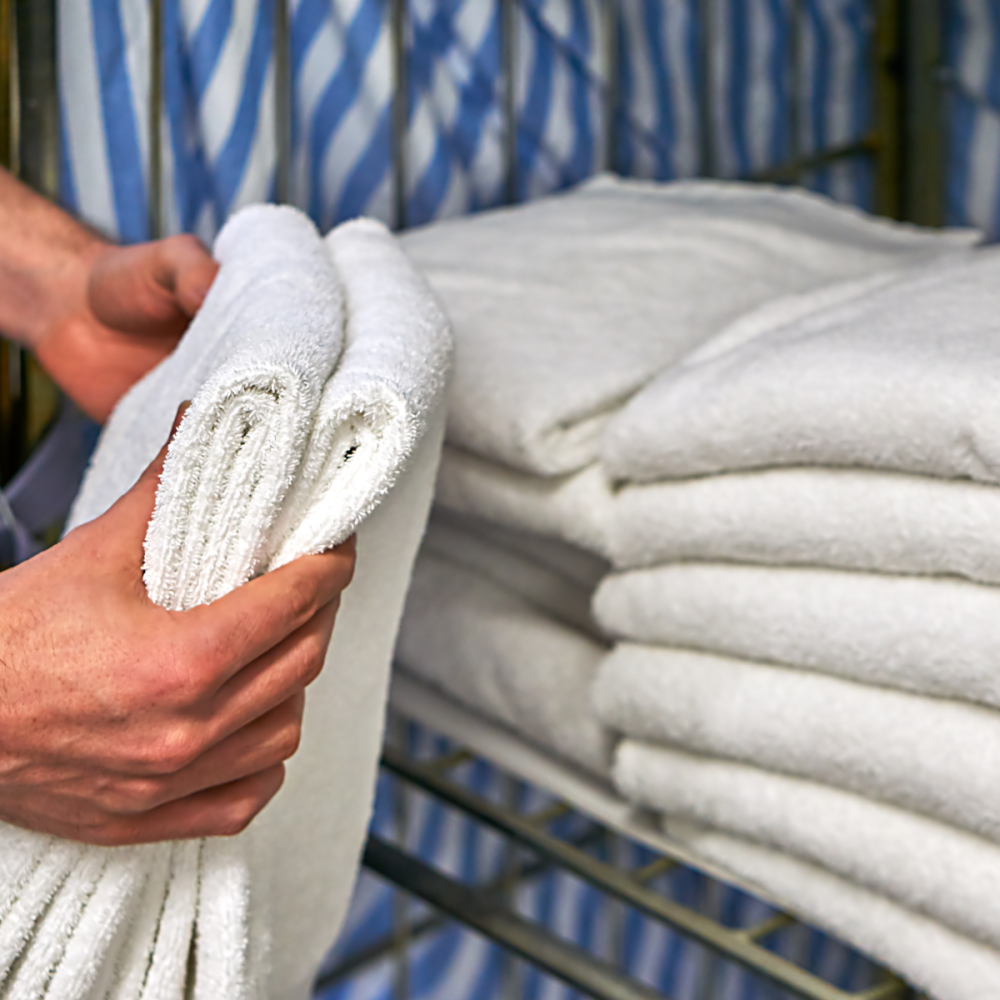

Related Articles
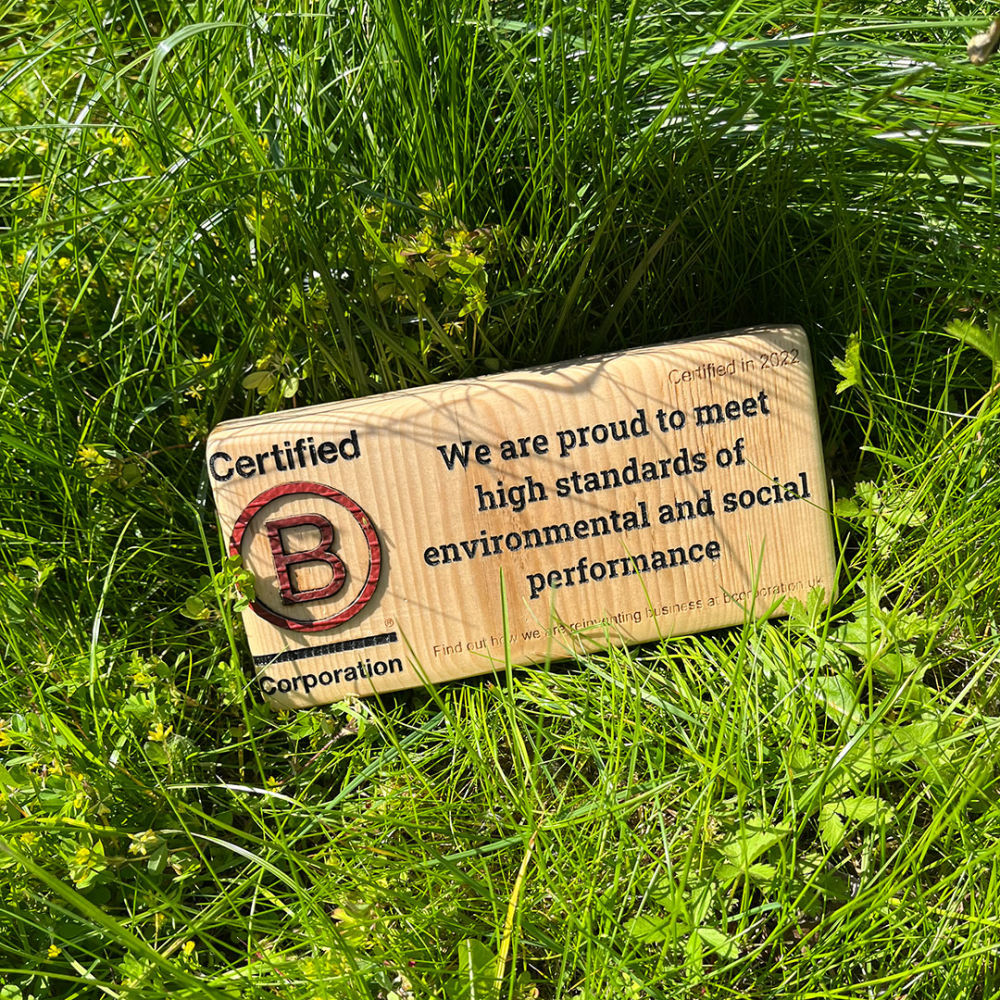

B Corp™ certified.
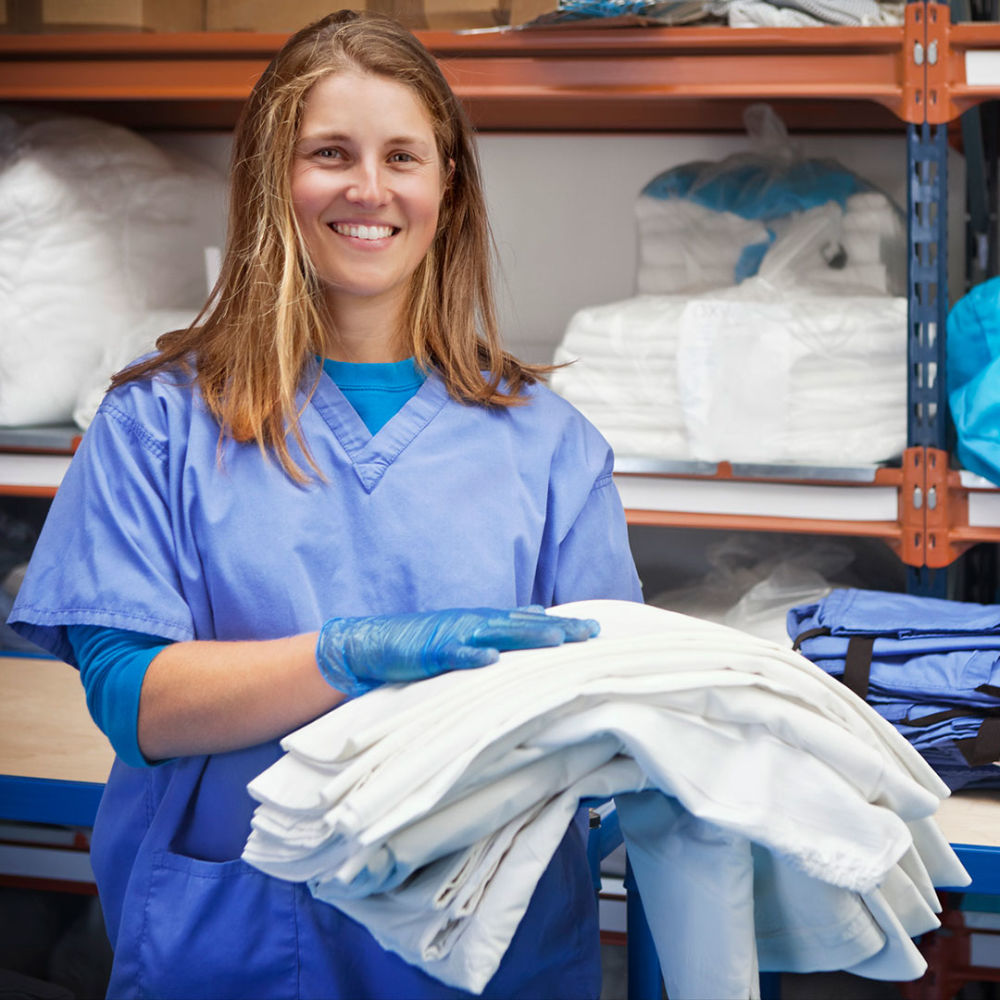

Surpassing NHS-grade disinfection.


